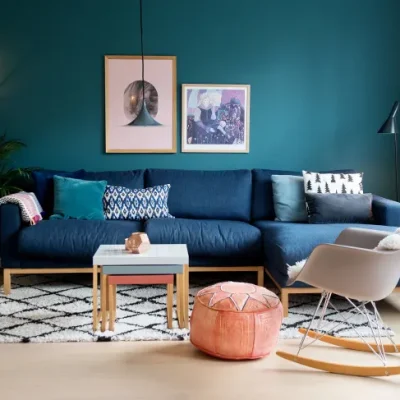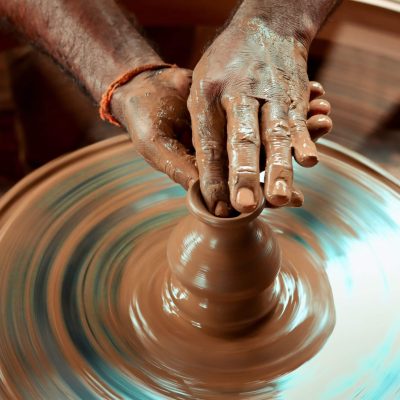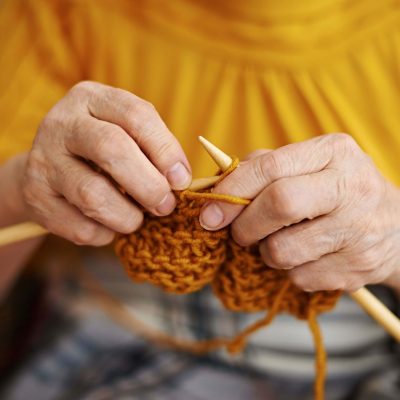In a world dominated by fast-paced technology, automation, and mass production, the arts and crafts movement is experiencing a vibrant revival. From handmade ceramics and embroidery to woodworking and watercolor painting, people are increasingly drawn to traditional crafts as a form of self-expression, mindfulness, and sustainable living.
This resurgence is not just a nostalgic return to the past — it’s a cultural shift. It speaks to our desire for authenticity, creativity, and connection in an increasingly digital and disposable world. Whether you’re an experienced artisan or a hobbyist picking up a brush for the first time, arts and crafts offer a rich and rewarding outlet for personal and artistic growth.
This article explores why arts and crafts are making a comeback, the benefits of engaging in creative activities, popular craft trends today, and how anyone can get started.
The Rise, Fall, and Rise Again of Arts and Crafts
The original Arts and Crafts Movement began in the late 19th century in Britain as a reaction to the Industrial Revolution. Artists and designers like William Morris championed craftsmanship, simple forms, and traditional techniques in response to mass production and declining aesthetic standards.
By the mid-20th century, modernism and industrial design took center stage, and handmade arts were pushed to the sidelines. But now, in the 21st century, a growing number of people are embracing the value of craft once again.
Why the resurgence?
-
A desire for slower, more meaningful experiences
-
Increased interest in sustainability and handmade goods
-
The popularity of platforms like Etsy and Pinterest
-
DIY culture fueled by YouTube and social media
-
The need for mental wellness and hands-on hobbies
Arts and crafts are no longer niche — they’re a global movement of creativity and care.
The Benefits of Practicing Arts and Crafts
1. Mental Health and Mindfulness
Crafting is known to reduce stress, anxiety, and depression. Engaging in creative work helps you enter a “flow state” — a meditative condition where time seems to stop and the mind quiets. This focus and repetition, whether through knitting, drawing, or sculpting, has therapeutic benefits similar to mindfulness or yoga.
2. Boosting Creativity and Confidence
Arts and crafts encourage experimentation, problem-solving, and self-discovery. Trying something new or completing a handmade project builds confidence and gives a sense of accomplishment. For children and adults alike, it cultivates imagination and helps develop an eye for detail, design, and color.
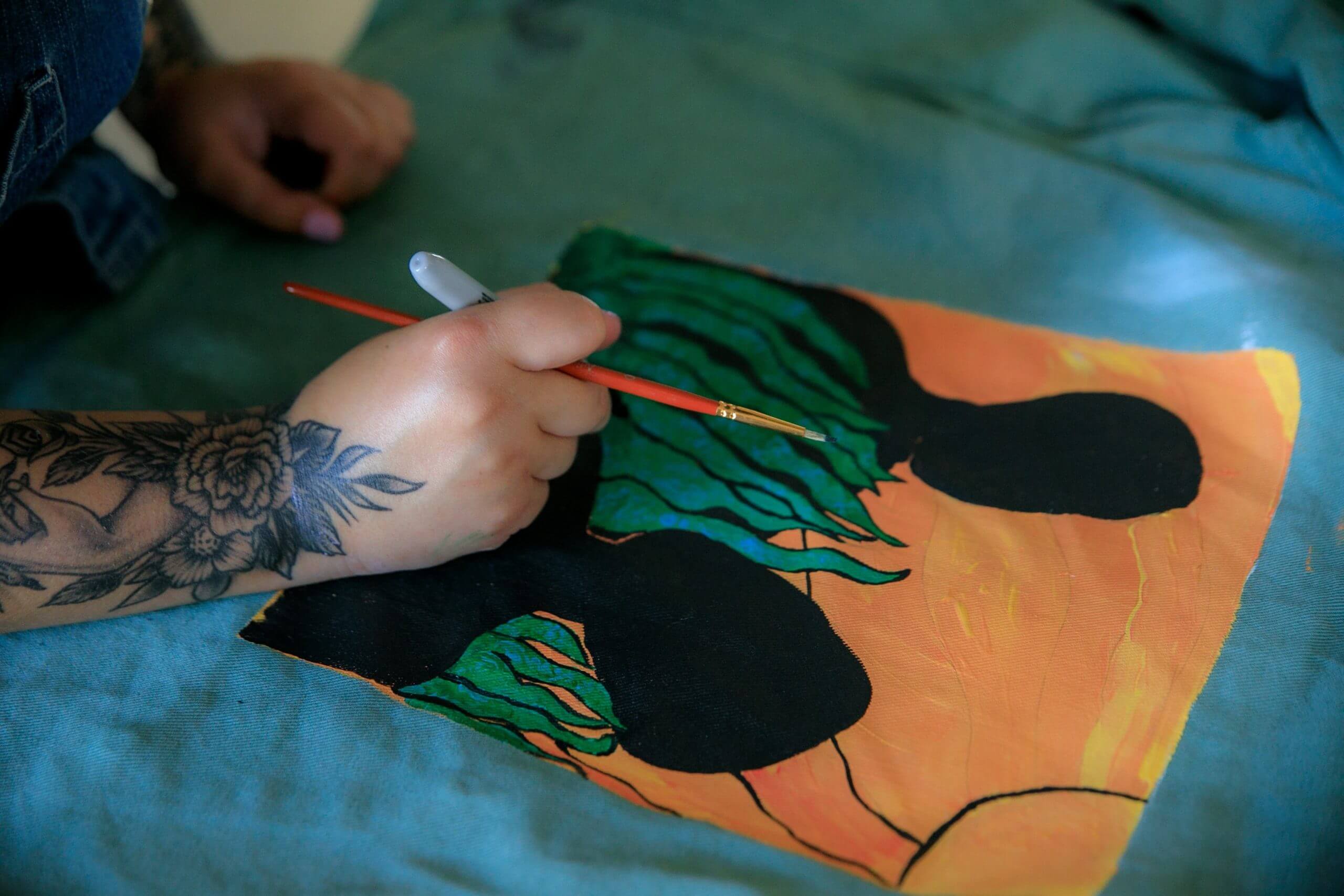
3. Skill Building and Lifelong Learning
Whether you’re learning to crochet or building furniture, crafts involve skill development. Many crafts require learning patterns, measuring, or using tools — all of which enhance dexterity, patience, and hand-eye coordination. Mastery takes time, making it a rewarding lifelong pursuit.
4. Strengthening Social Bonds
Crafting brings people together. Craft fairs, workshops, online communities, and local classes create shared spaces for learning and connection. During the pandemic, many turned to virtual crafting sessions to stay connected while staying creative.
Popular Arts and Crafts Today
The modern arts and crafts scene is incredibly diverse, with something for everyone — whether you’re into textiles, paper, wood, or digital media.
1. Fiber Arts
Includes knitting, crocheting, macramé, embroidery, and weaving. These crafts have surged in popularity, particularly among younger generations looking for tactile hobbies.
2. Paper Crafts
Scrapbooking, card making, origami, and paper quilling offer endless possibilities. Affordable and accessible, these crafts are ideal for beginners.
3. Pottery and Ceramics
Wheel-throwing and hand-building pottery classes are thriving in urban studios. The tactile nature of clay work is deeply grounding and meditative.
4. Painting and Drawing
Watercolor, acrylic, and digital painting continue to grow in popularity. Sketchbooks and art journals are popular tools for daily creativity.
5. Woodworking
From hand-carved spoons to furniture building, woodworking appeals to those who love hands-on craftsmanship and functional design.
6. Jewelry Making
Combines creativity with design thinking. From beading to metalwork, jewelry making allows people to create personalized, wearable art.
7. Upcycling and DIY Crafts
Sustainable crafting — turning old clothes into tote bags or wine bottles into lamps — taps into eco-conscious living while sparking creativity.
How to Get Started with Arts and Crafts
You don’t need a fancy studio or expensive supplies to begin. Here are some simple steps:
1. Choose Your Craft
Start with something that excites you. If you’re unsure, try a few beginner kits or take a short online course. Platforms like Skillshare, YouTube, and Domestika offer tutorials on every craft imaginable.
2. Gather Basic Supplies
Begin with affordable tools. For example:
-
Drawing: sketchbook, pencils, erasers
-
Knitting: yarn and needles
-
Painting: watercolor set, brushes, paper
Buy what you need to start small — you can always expand your collection later.
3. Set Aside Time
Create space in your schedule and your home for your craft. Consistency builds skill and enjoyment.
4. Join a Community
Follow crafters on Instagram, join Facebook groups, or attend local meetups. Sharing your work and learning from others keeps motivation high.
5. Embrace Mistakes
Don’t worry about perfection. Art is messy and subjective. Each mistake is a step toward mastery and creativity.
Selling and Sharing Your Craft
For some, crafting begins as a hobby and grows into a side hustle or business. Platforms like Etsy, Shopify, and Instagram allow crafters to reach global audiences. You can sell handmade goods, digital downloads, patterns, or offer virtual classes.
Local craft fairs, farmers’ markets, and art walks are also great venues to showcase your work and connect with buyers.
Tips for getting started:
-
Take high-quality photos of your work
-
Use social media to share your process
-
Price your work fairly — consider time, materials, and skill
-
Offer customization or themed collections
Selling your art can be rewarding both emotionally and financially — just be sure to stay connected to the joy of creating.
Arts and Crafts in Education and Therapy
Many schools and therapeutic programs are re-integrating art into their curriculum. Art therapy helps people express emotions, recover from trauma, and improve cognitive function. In schools, crafts support motor skill development, creativity, and even STEM learning. Even in elder care, crafts are used to help with memory, coordination, and emotional well-being. Simply put, creativity has no age limit.
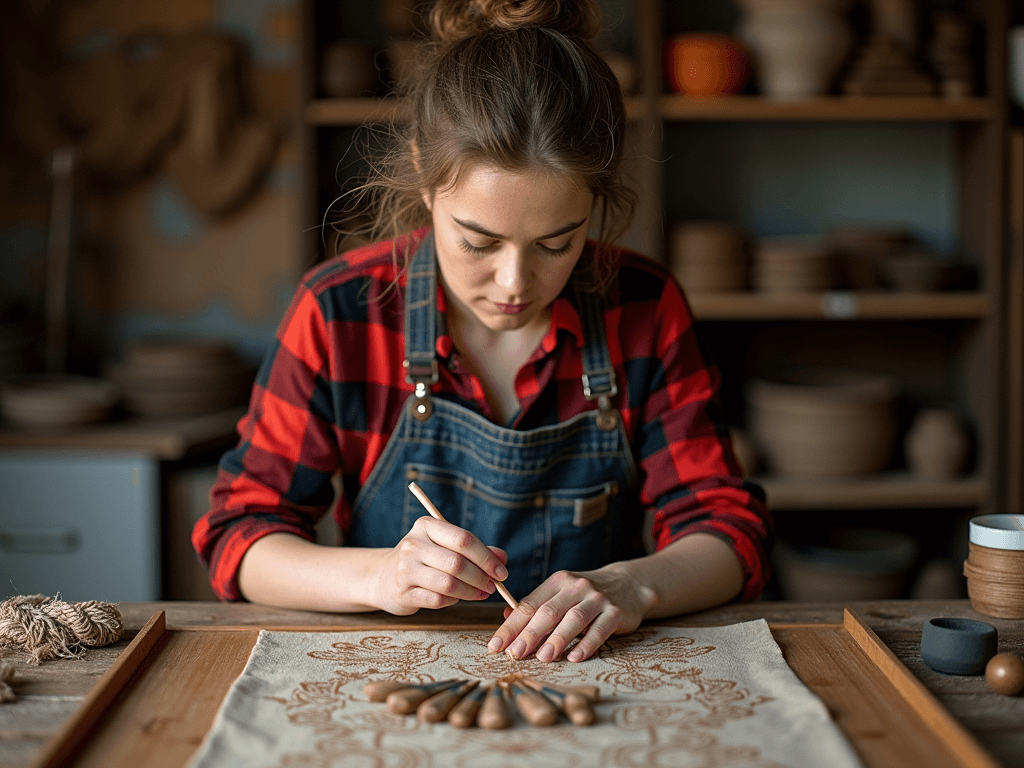
Conclusion: Crafting a More Creative, Connected Life
In a culture that often prioritizes speed and convenience, arts and crafts invite us to slow down, use our hands, and make something meaningful. They reconnect us to tradition, nurture our imagination, and remind us that creativity is a vital part of being human.
Whether you’re painting for peace of mind, knitting a gift for a loved one, or building a small business out of handmade goods, arts and crafts offer joy, purpose, and connection in every stitch, stroke, and shape.
So pick up that brush, thread that needle, fold that paper — and start crafting a more creative life today.



